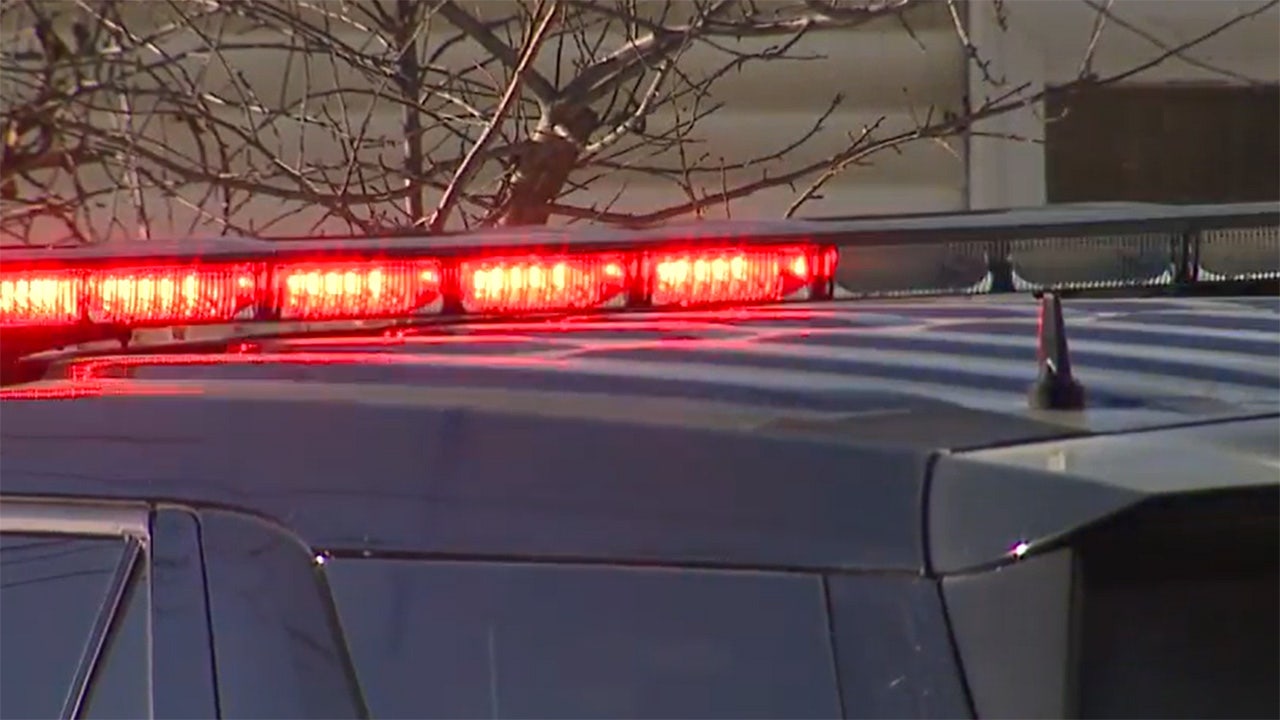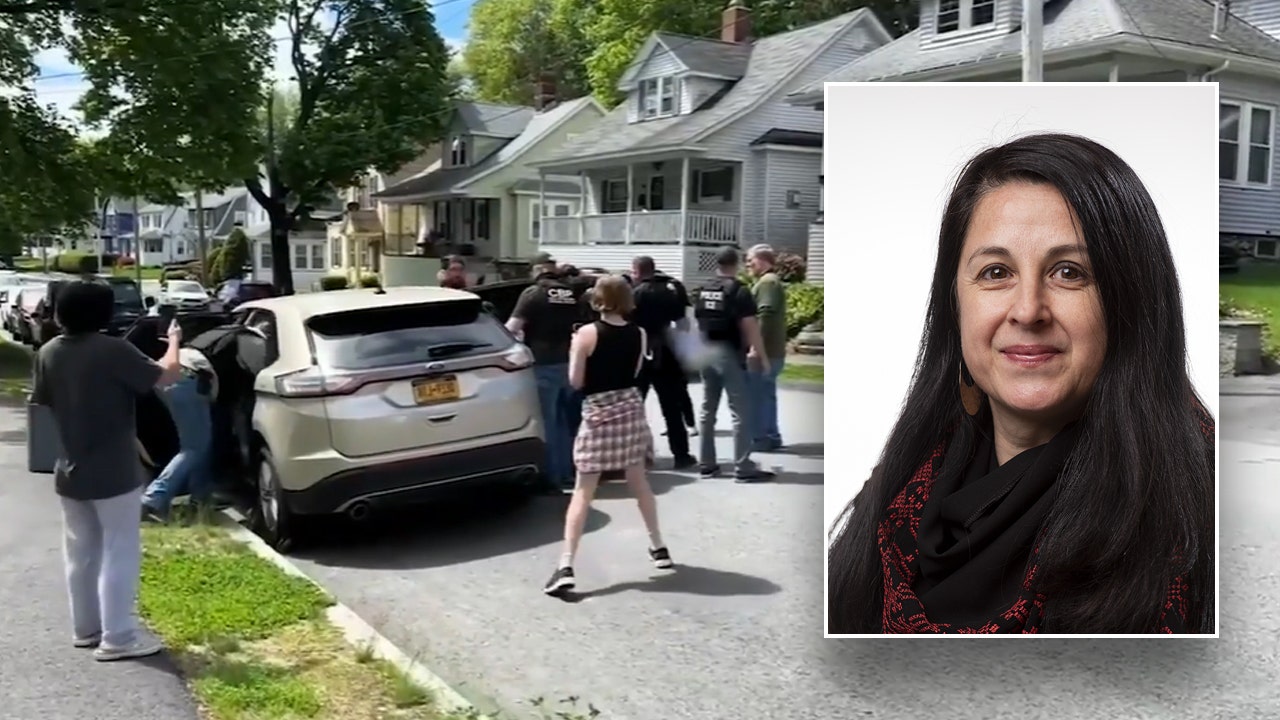Hadley Barndollar
| New Hampshire Bulletin
It’s the middle of the night on Interstate 93 in New Hampshire, and a pulled-over driver appears to be under the influence of something other than alcohol. There are 64 specially trained police officers in the state that can be called to the scene to conduct a multi-tiered evaluation.
Drug recognition experts, which exist in all 50 states, are members of law enforcement trained to recognize drivers impaired by substances other than, or in addition to, alcohol that cannot be detected by roadside tests or Breathalyzers.
Those can include cannabis, heroin, cocaine, methamphetamine, hallucinogens, and anti-anxiety tranquilizers, among others. In addition to their on-scene evaluations, DREs also provide expert witness testimony during trials where drugged driving is alleged.
In an effort to improve the “efficiency, completeness, and consistency” of the state’s drug recognition experts and their procedures,” the New Hampshire Department of Safety is slated to receive assistance from the National Highway Traffic Safety Administration.
The NHTSA launched a program in August to provide state DRE programs with new resources, technology, tools, and strategies. The New Hampshire Department of Safety was notified in October that it would receive more than $83,000 in resources, including 85 new Samsung Galaxy tablets.
“Data will be collected from the participating state DRE coordinators to identify whether or not the implemented strategies have improved DRE processes and procedures,” DOS Commissioner Robert Quinn wrote in documents to the Executive Council. “Ultimately this will lead to better evidence for prosecution of drug impaired drivers, wider implementation of identified strategies, and getting drug impaired drivers off the roads.”
New Hampshire saw a 47 percent increase in traffic fatilities between 2019 and 2022, according to the NHTSA. In 2021, state data shows, 118 people were killed in crashes, and of those, 70.3 percent were alcohol and/or drug related. In 2022, 146 people were killed in crashes.
Though widely utilized throughout the U.S. for more than 40 years, DREs have been controversial, particularly among defense attorneys and public defenders. Specifically, there has been debate over whether their findings are scientifically reliable and admissible in court, as well as the risk for false arrest.
Last month, the state Supreme Court in New Jersey ruled evidence from DREs are admissible, but with “limitations and safeguards” in place. In a split decision, justices admitted uncertainty on whether such experts accurately detect impairment.
The International Association of Chiefs of Police, which coordinates the international DRE program, says: “Nothing in or about the DRE protocol is new or novel. The DRE protocol is a compilation of tests that physicians have used for decades to identify and assess alcohol- and/or drug-induced impairment.”
Meanwhile, the role DREs play has been spotlighted as critical in states that have legalized cannabis. And yet, “high” driving has proven difficult to police, because law enforcement cannot detect cannabis with a roadside Breathalyzer and there is no national standard for it like blood alcohol content. In addition, THC can remain in a person’s blood for longer periods of time after use.
In Minnesota earlier this year, for example, the state legislature approved $15 million over the next two years to train more DREs as the state enters a new chapter of cannabis legalization. In the legalization bill killed by the New Hampshire Senate in May, 5 percent of revenue would have been dedicated to hire and train more DREs.
In order to become certified as a drug recognition expert, a law enforcement officer must complete training and field work through the International Drug Evaluation and Classification (DEC) Program, which is administered by the International Association of Chiefs of Police. Each state has a local DRE coordinator. New Hampshire State Police have been participating in the program since 1991, and during fiscal year 2023 had 23 DREs on staff.
Statewide, there are currently 64 DREs, a DOS spokesperson said. DREs can respond throughout the state to perform an evaluation and are not beholden to a particular jurisdiction, meaning an agency without a DRE on staff can request one to a scene.
These trained law enforcement officers conduct a “standardized and systematic” 12-step process to assess drivers. Throughout the process, DREs aim to determine whether a driver is impaired; whether the impairment relates to drugs or a medical condition; and if drugs, what category or combination of categories of drugs are the likely cause of the impairment.
The 12 steps are:
- Breath alcohol test by arresting officer, DRE may then be requested
- DRE interviews arresting officer
- Preliminary examination and first pulse
- Eye examination
- Four psychophysical tests, such as walking, balancing, and finger to nose
- Vital signs and second pulse
- Pupil examination under different lighting conditions
- Muscle tone examination
- Check for injection sites and third pulse
- Subject’s statement and other observations
- Analysis and opinion of DRE
- Toxicological examination
Numbers provided by the DOS show 85 DRE evaluations have been conducted in 2023, while 66 occurred in 2022, 70 in 2021, and 87 in 2020. The DOS said it anticipates the number of requests for DRE evaluations will continue to increase as it expands training for all law enforcement officers to identify someone displaying observable signs and symptoms of drug impairment while operating a motor vehicle.
As part of participation in the NHTSA program, New Hampshire’s DREs will be required to provide detailed monthly reports and data showing if the new resources are aiding in improved processes and procedures. Ultimately, a contractor will provide the NHTSA with a final report consisting of recommendations and successful practice examples to strengthen programs across the country.
This story was originally published by the New Hampshire Bulletin





























